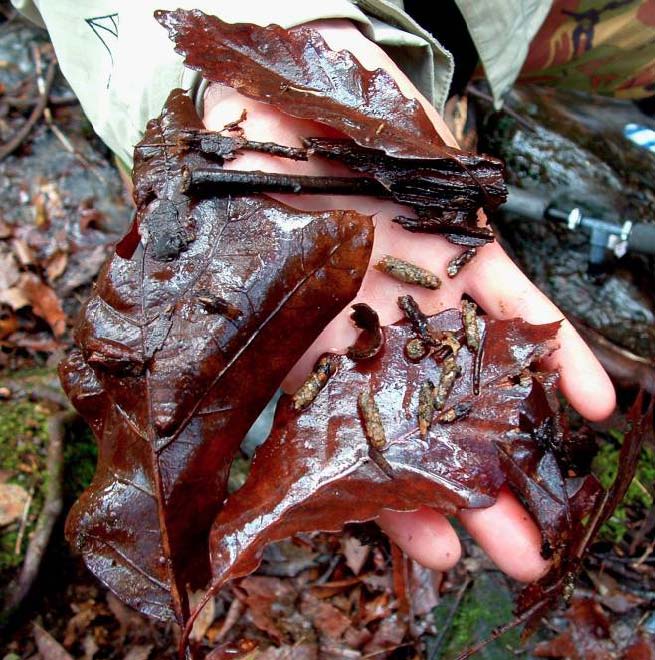This research addresses the following questions:
- How do stressors associated with land use change and climate change affect the resilience of ecosystems?
- Can natural infrastructure provide resilience in freshwater ecosystem services?
- What management approaches provide increased resilience to freshwater ecosystems?
Project overview
The concept of resilience conveys the ability of an ecosystem to change, without breaking, like a rubber band. With ongoing and future watershed land use change and climate change, we need ecosystems to have the greatest possible resilience, so that they can ‘bounce back’ from extreme events such as drought, floods, and heat waves. We are working with collaborators with the Institute of Resilient Infrastructure Systems (IRIS) and the Network for Engineering with Nature (N-EWN) to address these issues, including the development of natural infrastructure and its applications.
Natural infrastructure (NI) can consist of many landscape elements, from conserved forests for drinking water supply, to levee setbacks for nutrient control and wildlife habitat, to living shorelines for reductions in storm surge. Application of NI will require monitoring to determine its effectiveness (van Rees et al. 2022). These approaches are needed as current land use patterns and conventional infrastructure are resulting in degraded aquatic ecosystems (Jackson et al. 2022).
